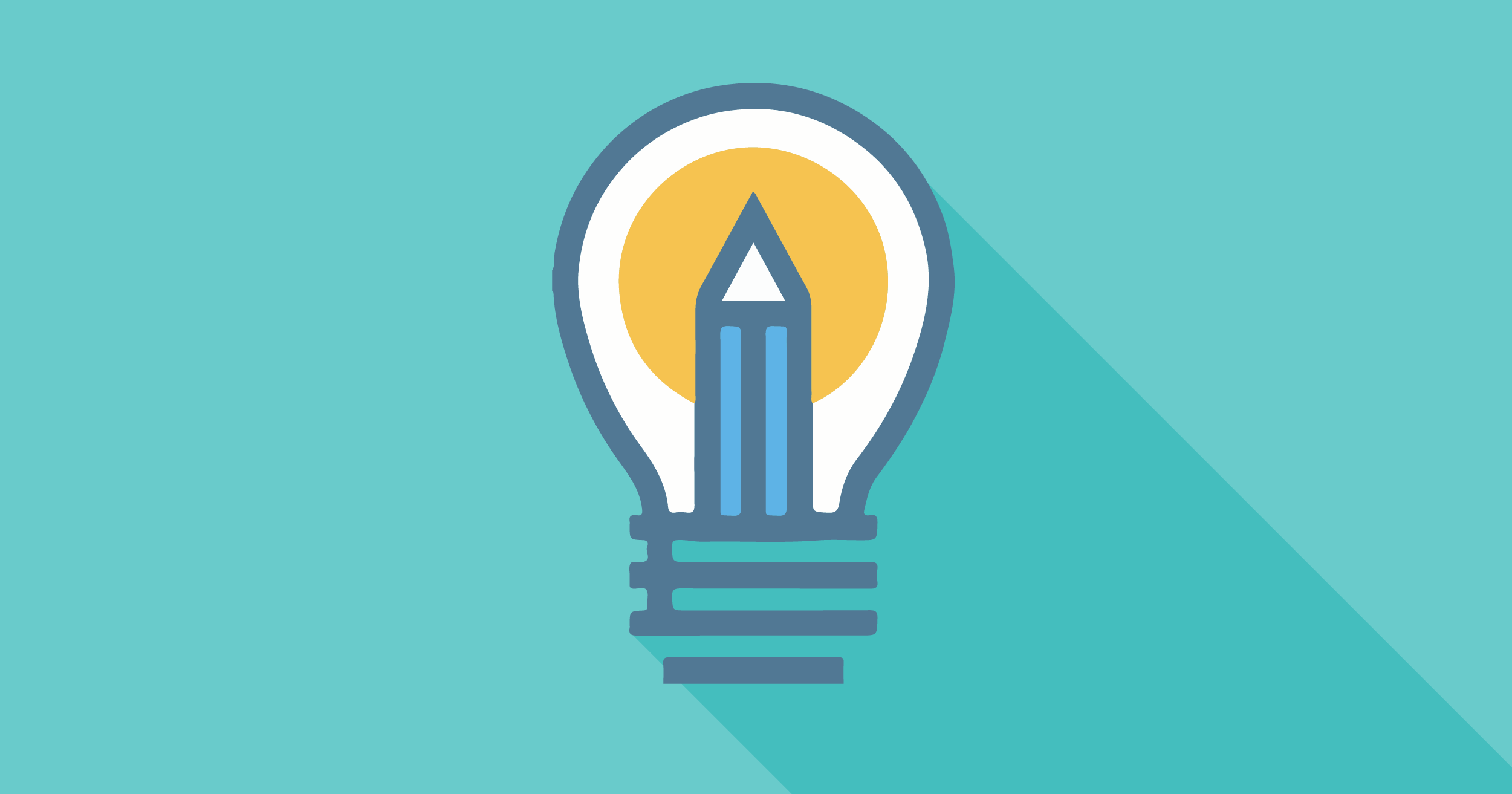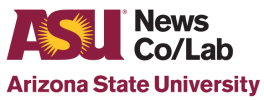
Building news savvy: Best practices
▸Education
Checkology
WHAT IS IT?
Checkology is an online, on-demand “virtual classroom” that helps students in grades 6-12 distinguish between fact and fiction. Participants learn to make news judgments, explore how the press and citizens can act as watchdogs, detect and dissect viral rumors, understand bias and free speech. Launched in 2016, the widely recognized program has been used by nearly 11,000 teachers serving more than 1.6 million students in the United States and 81 other countries.
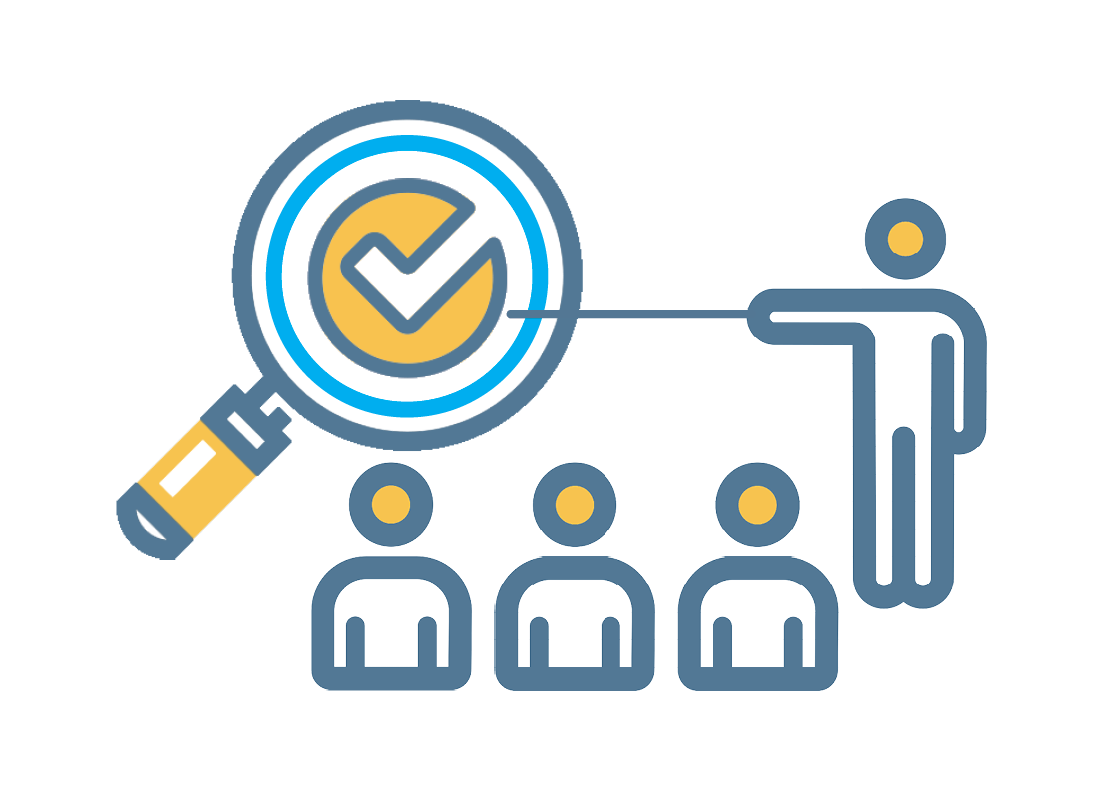
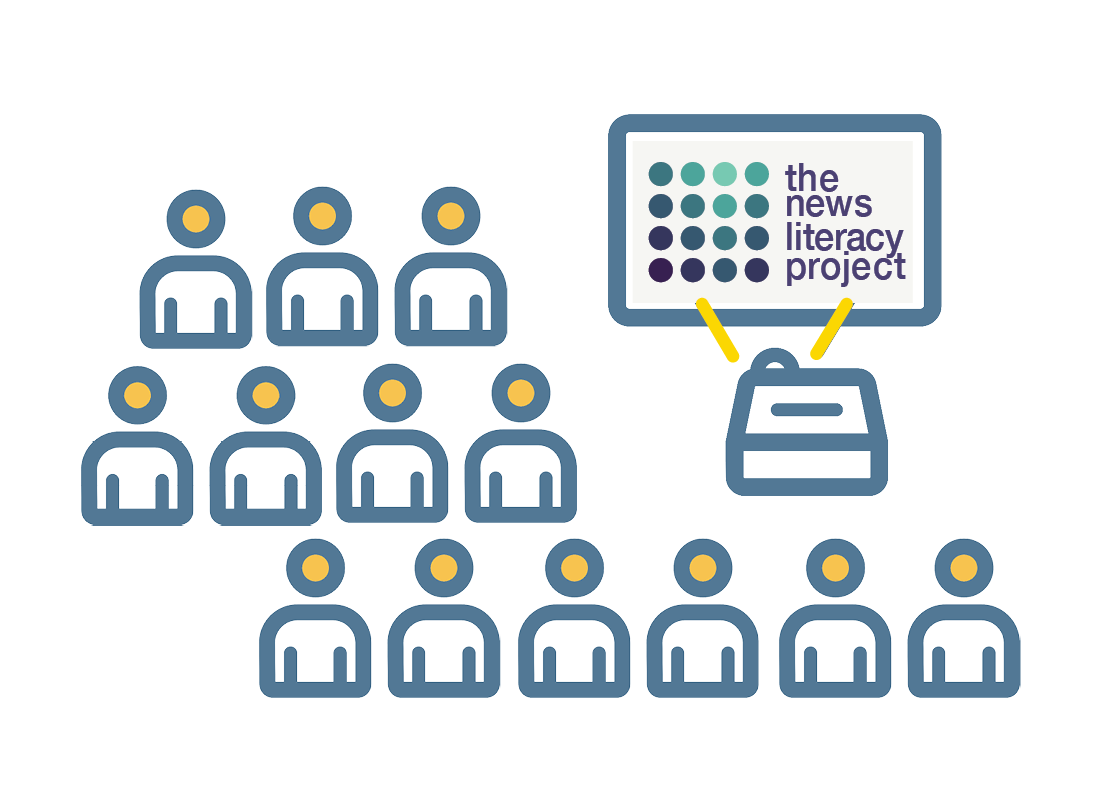
WHO’S BEHIND IT?
The News Literacy Project is an educational nonprofit helping educators and journalists teach middle school and high school students “the essential skills they need to become smart, active consumers of news and information and engaged, informed citizens.” Founded in 2009 by former Los Angeles Times journalist Alan Miller, the project has reached hundreds of thousands of students.
DOES IT WORK?
Checkology is achieving results similar to the project’s highly effective classroom curriculum upon which the online course is based, according to a preliminary assessment. The project found that students in its classroom programs in 2015- 16 improved their ability to distinguish between accurate information and false or distorted information. Nine in 10 students said they were better able to collect, use, and produce credible information as a result of the program
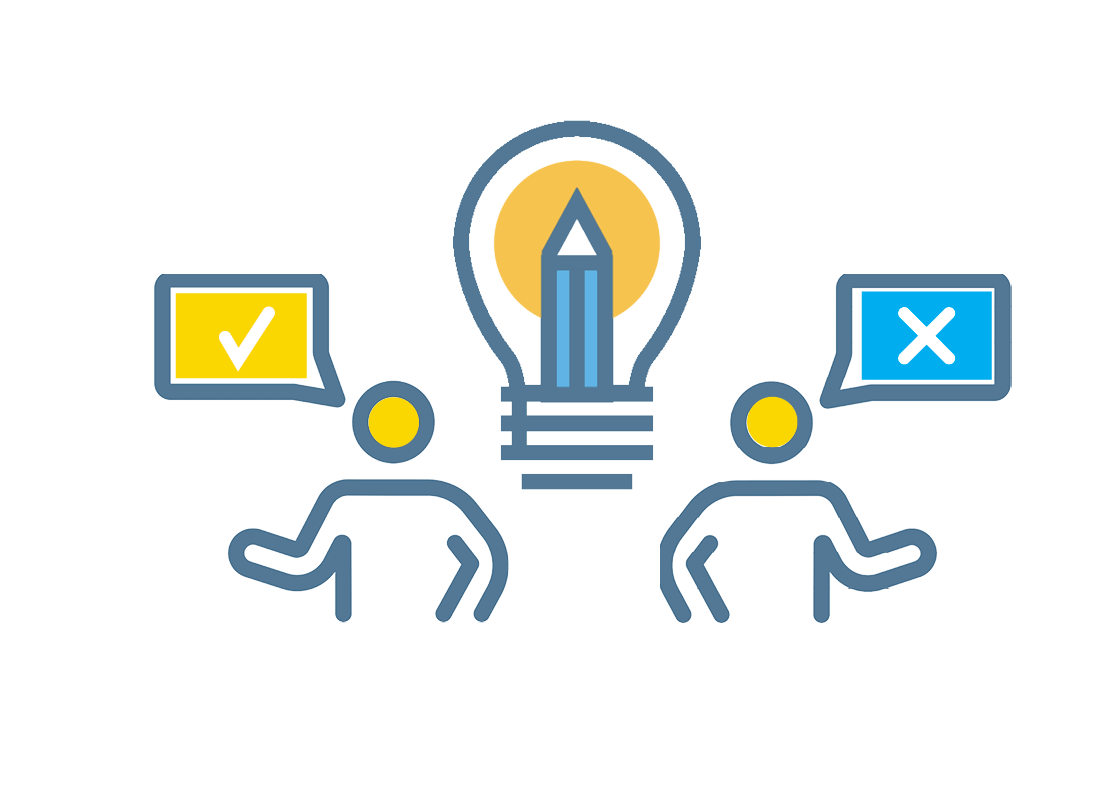
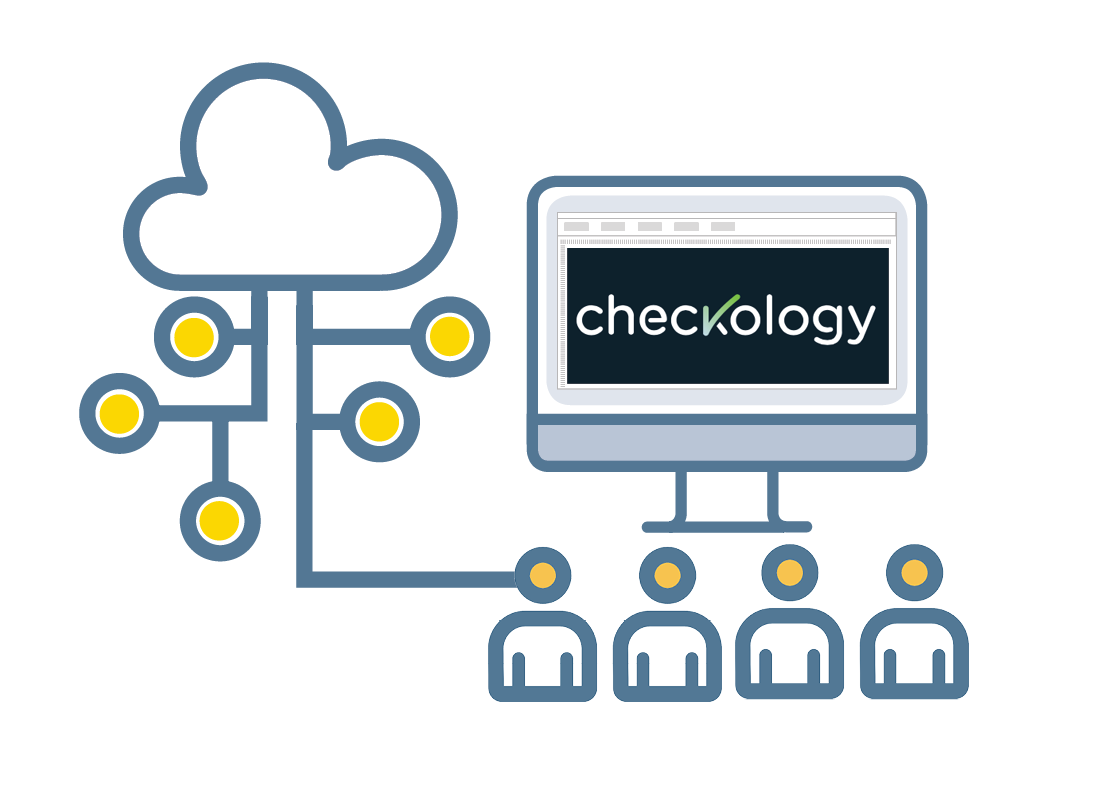
HOW TO DO IT
Educators can sign up here. Checkology offers a basic service that is free and a premium model that is also free until July 2018. Basic service provides materials that teachers can display and discuss in a classroom setting. Premium service offers lessons and tools students can access directly. Checkology can be completed in 12-15 hours with a high-speed internet connection.
Activate the links by clicking to view or download as a PDF

